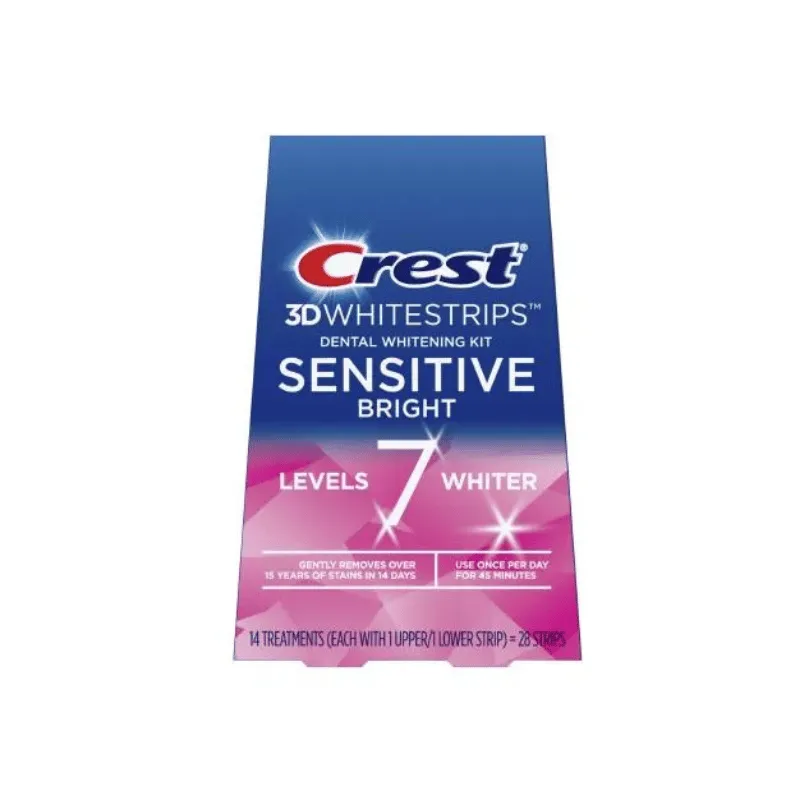Understanding Crest Whitening Strips and Sensitivity
Crest Whitening Strips are a popular method for achieving a brighter smile, offering a convenient and accessible way to whiten teeth at home. These strips work by using a peroxide-based bleaching agent, which penetrates the enamel to remove stains and discoloration. However, a common side effect associated with their use is tooth sensitivity. This occurs when the bleaching agents irritate the nerves within the teeth, leading to temporary discomfort. Understanding the mechanisms behind this sensitivity is crucial for managing it effectively and still achieving the desired whitening results. The intensity of sensitivity varies from person to person and can depend on factors such as the concentration of the whitening agent, the duration of application, and the individual’s existing oral health conditions.
What Causes Tooth Sensitivity from Whitening Strips
Tooth sensitivity from Crest Whitening Strips arises from several factors related to the chemical processes involved. The active ingredient, typically hydrogen peroxide, works by breaking down stain molecules. In doing so, it can also cause the dentin tubules, tiny channels within the teeth, to become more exposed. This exposure allows the bleaching agent to reach the nerves more easily, leading to sensations of sensitivity. Several factors can contribute to the degree of sensitivity experienced, including the strength of the peroxide, the frequency of use, and pre-existing conditions like thin enamel or receding gums. The process essentially causes a temporary change in the tooth’s structure, making it more vulnerable to external stimuli like temperature changes or pressure.
The Role of Hydrogen Peroxide

Hydrogen peroxide is the primary bleaching agent in Crest Whitening Strips, responsible for the whitening effect. This chemical works by oxidizing the stain molecules present in the enamel and dentin, breaking them down to remove discoloration. However, hydrogen peroxide can also be an irritant. When it penetrates the tooth’s surface, it can affect the nerve endings, causing sensitivity. The higher the concentration of hydrogen peroxide, the stronger the whitening effect, but also the greater the potential for sensitivity. This is why it is crucial to follow the instructions on the package and consider the sensitivity of your teeth when choosing a product. Understanding this helps users anticipate and manage any discomfort they may experience.
Enamel Thinning and Sensitivity
The enamel, the hard outer layer of your teeth, protects the underlying dentin and nerve endings. Whitening treatments, especially those with strong chemicals, can sometimes lead to temporary enamel thinning. Although Crest Whitening Strips are designed to be safe for enamel, repeated or excessive use can contribute to this process. When enamel thins, the dentin tubules become more exposed, increasing sensitivity. This is because the dentin contains tiny channels that lead directly to the tooth’s nerve. If the enamel is compromised, external stimuli like hot or cold foods and drinks can directly stimulate these nerves, causing sharp, temporary pain. This emphasizes the importance of moderation and adherence to product instructions to protect enamel integrity.
Top 5 Solutions for Crest Whitening Strips Sensitivity
Use Sensitive Toothpaste
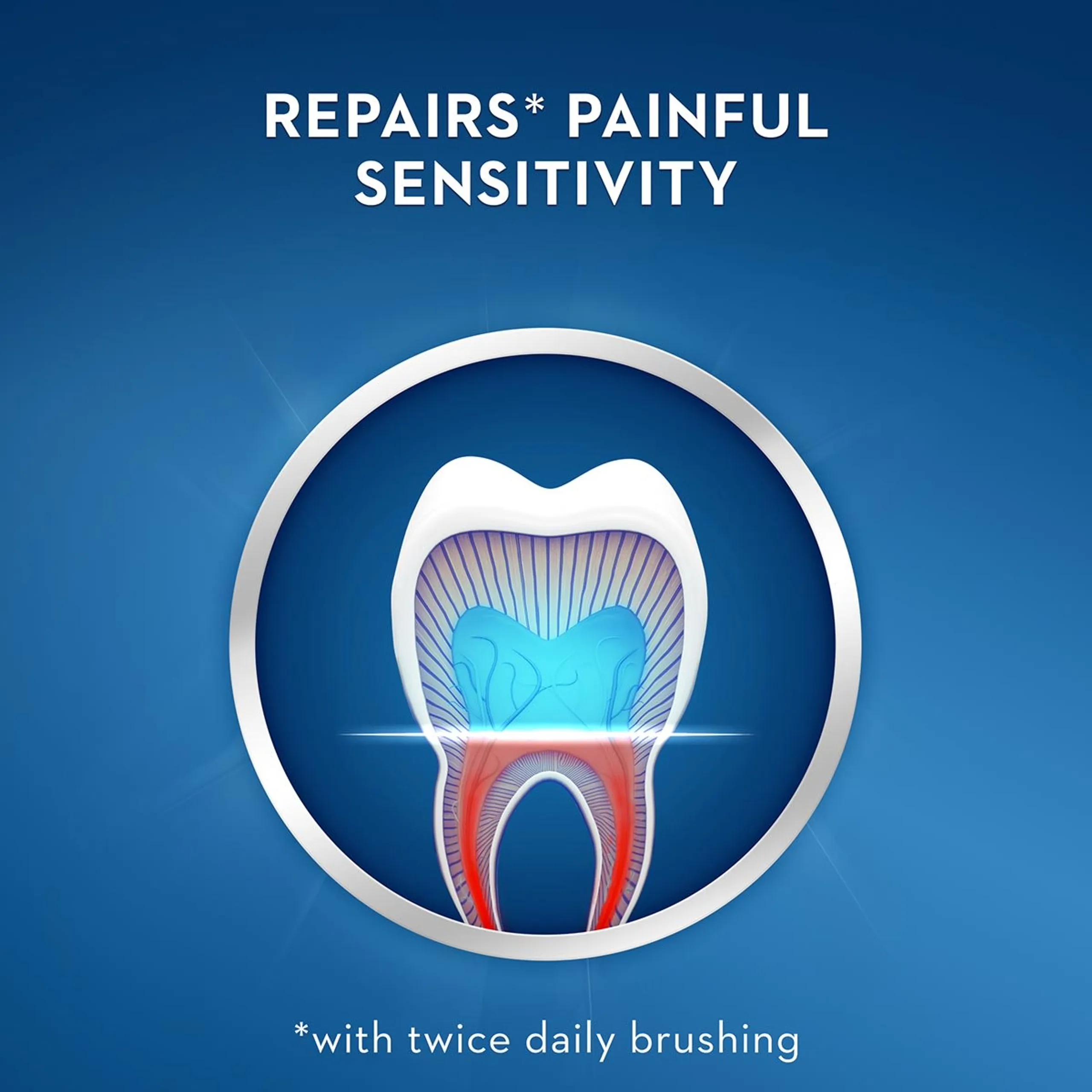
One of the most effective ways to manage sensitivity is to switch to toothpaste designed for sensitive teeth. These toothpastes contain ingredients like potassium nitrate or stannous fluoride, which help to block the transmission of pain signals to the nerves in your teeth. Potassium nitrate works by calming the nerves, reducing their sensitivity to stimuli. Using sensitive toothpaste not only provides immediate relief but also helps to build a protective barrier, reducing the long-term effects of sensitivity. This simple change in your daily routine can make a significant difference in comfort while using Crest Whitening Strips.
How Sensitive Toothpaste Works
Sensitive toothpastes contain active ingredients that provide relief from tooth sensitivity. Potassium nitrate, for example, penetrates the tooth and calms the nerve, reducing its response to pain signals. Stannous fluoride can block the dentin tubules, preventing irritants from reaching the nerve. These ingredients work to create a protective layer, reducing the impact of external stimuli like heat, cold, and pressure. The continuous use of sensitive toothpaste is essential to maintain the benefits and provide ongoing comfort. It is recommended to use sensitive toothpaste for at least a week or two before starting whitening treatments and throughout the treatment period for optimal results.
Apply Toothpaste Before Strips
For an extra layer of protection, consider applying sensitive toothpaste to your teeth before using Crest Whitening Strips. Brushing with the toothpaste can help to create a barrier that minimizes the exposure of your teeth to the whitening agents. Make sure to rinse your mouth thoroughly after brushing to remove any excess toothpaste. Then, apply the whitening strips as directed. This pre-emptive approach can significantly reduce sensitivity by preparing your teeth. This proactive measure helps to shield the enamel and minimize any irritation caused by the whitening process. It’s a simple yet effective method to enhance comfort during whitening treatments.
Shorten Application Time
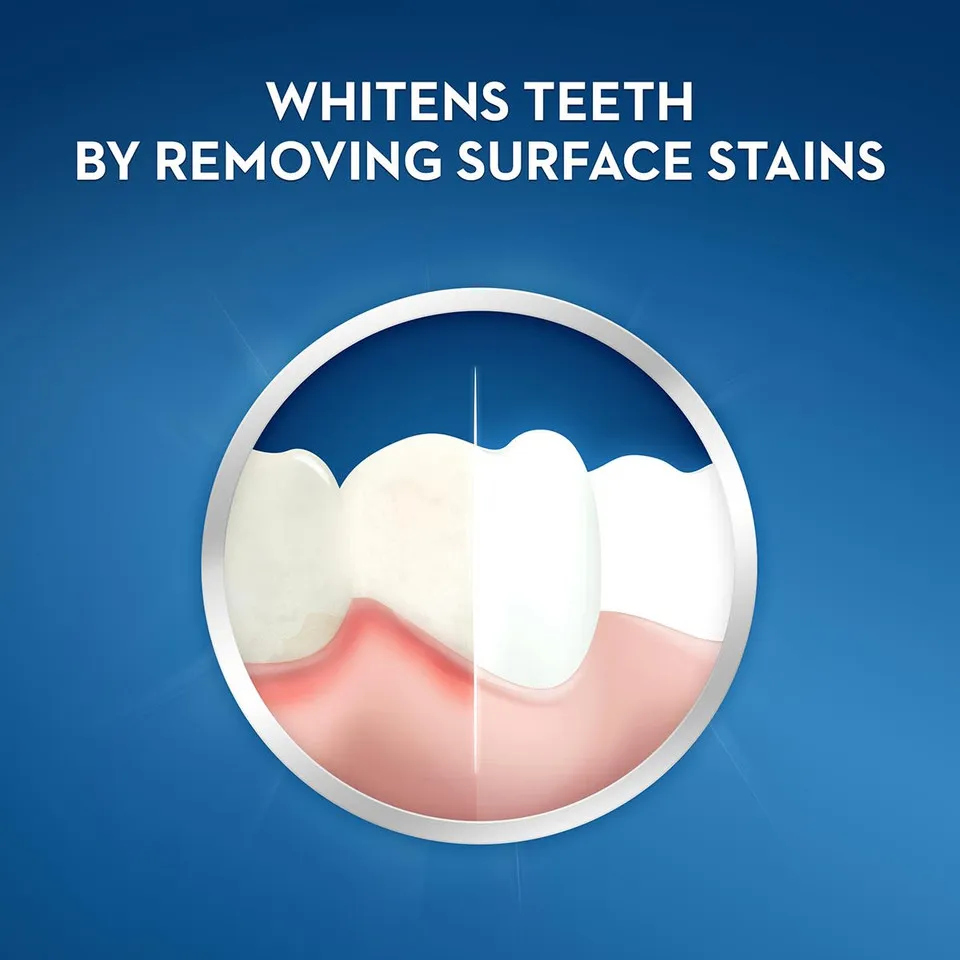
Reducing the amount of time you leave the Crest Whitening Strips on your teeth can minimize sensitivity. Following the product instructions is essential, but if you find yourself experiencing significant discomfort, decreasing the application time can help. Experiment with a shorter duration, such as applying the strips for only half of the recommended time. This can greatly reduce the impact of the whitening agents on your teeth. It is a balance between achieving whitening results and maintaining comfort. Monitor how your teeth react and adjust the application time accordingly. This will ensure that you can continue whitening your teeth with minimal irritation.
Benefits of Shorter Application
Shorter application times significantly reduce the exposure of your teeth to the whitening agents, decreasing the likelihood and severity of sensitivity. This strategy allows you to maintain the whitening process while mitigating discomfort. By reducing the time, you lessen the potential for enamel irritation and the increased exposure of dentin tubules. Furthermore, it allows the teeth to recover. Adjusting the time is a practical approach for those who experience sensitivity without having to discontinue treatment. The goal is to find the optimal balance to whiten your teeth effectively without compromising your comfort levels.
Potential Drawbacks
While shortening application time can decrease sensitivity, it may also reduce the effectiveness of the whitening treatment. The teeth may not whiten as quickly or as dramatically as with the full application. Moreover, some stains might require longer exposure to the whitening agents to be effectively removed. It’s crucial to assess your personal tolerance and whitening goals, striking a balance between comfort and desired results. If your primary goal is to minimize sensitivity, shorter application times may be the most suitable approach, even if it means a slower whitening process. It is always important to set realistic expectations.
Use Fluoride Treatments

Fluoride treatments strengthen enamel and reduce tooth sensitivity. Fluoride helps to remineralize the enamel, making it more resistant to acid and other irritants. This can be achieved by using a fluoride-rich toothpaste or mouthwash, or by visiting your dentist for a professional fluoride treatment. Using fluoride can reinforce the enamel, making your teeth less susceptible to sensitivity. Regular use of fluoride products is a proactive measure to protect your teeth from potential damage during the whitening process.
How Fluoride Strengthens Enamel
Fluoride strengthens tooth enamel by incorporating into the crystal structure of the tooth’s surface. This process makes the enamel more resistant to acid attacks from bacteria and other sources. Fluoride also helps to repair early stages of tooth decay by attracting minerals like calcium and phosphate back into the enamel. This process can reduce sensitivity by reinforcing the tooth’s protective layer and preventing irritation. Using fluoride regularly can significantly improve the overall health of your teeth.
Types of Fluoride Treatments
There are various types of fluoride treatments available. Over-the-counter options include fluoride toothpastes and mouthwashes. These are typically lower in concentration but can be effective with regular use. Your dentist may also offer professional fluoride treatments, which involve applying a higher concentration of fluoride directly to your teeth. These treatments are especially beneficial for those with increased sensitivity or a higher risk of decay. Furthermore, some dentists offer fluoride varnish, which is painted onto the teeth and slowly releases fluoride over time. Choosing the right treatment depends on your individual needs and the recommendation of your dentist.
Take Breaks Between Treatments
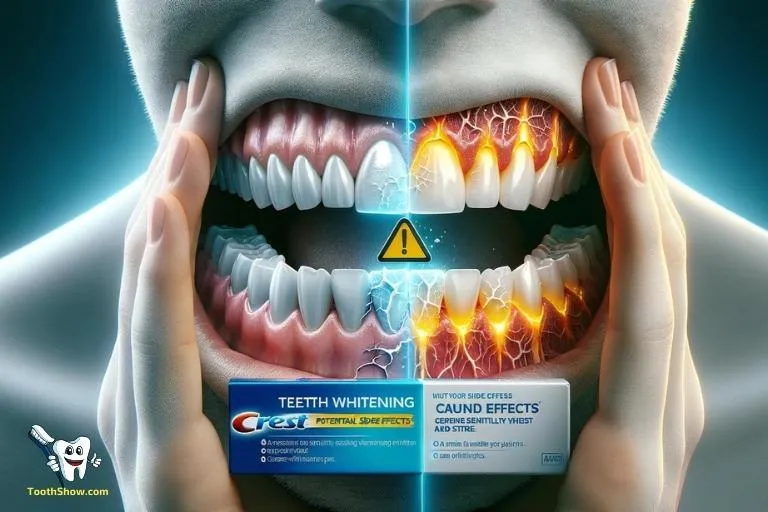
Taking breaks between Crest Whitening Strip treatments can allow your teeth to recover and reduce sensitivity. The recommended treatment schedule involves a specific number of days of application, followed by a break. During this break, your teeth can remineralize, and any mild irritation can subside. Extending these breaks can be particularly beneficial if you experience significant sensitivity. The frequency of treatment depends on your individual needs and tolerance. Adjusting your schedule can significantly improve your comfort while still achieving the desired whitening effect. This ensures that your teeth get adequate time to recuperate.
Why Breaks Are Important
Breaks are crucial because they provide an opportunity for your teeth to repair and rebuild. During the whitening process, the enamel can become slightly porous, increasing sensitivity. Taking breaks allows the enamel to remineralize, strengthening the tooth structure and reducing sensitivity. It also gives the nerve endings time to calm down. Furthermore, breaks allow you to assess your teeth’s response to the treatment and adjust your schedule accordingly. Regular breaks are an integral part of responsible whitening and can help you maintain a healthy and beautiful smile.
Optimizing Treatment Schedule
The ideal treatment schedule will vary for each individual. For some, following the product instructions may be sufficient. However, if you experience sensitivity, you may need to adjust the schedule. This may involve taking longer breaks between treatments, using the strips less frequently, or applying them for a shorter duration. Careful observation is key. Monitor how your teeth feel and react to the treatment, and adjust the frequency and duration of use as needed. If sensitivity persists, consult with your dentist for personalized advice. The goal is to find a schedule that balances whitening results with your comfort and oral health.
Consider Alternative Whitening Methods

If you experience persistent or severe sensitivity with Crest Whitening Strips, consider exploring alternative teeth-whitening methods. These might include professional whitening treatments performed by your dentist, which can be tailored to your specific needs. Other options include whitening toothpastes and mouthwashes. Consulting your dentist can help you determine the best alternative for your situation. This way, you can achieve a brighter smile without the discomfort associated with sensitivity. Exploring all available options ensures you can select the most suitable and comfortable method for your teeth-whitening goals.
Alternatives to Crest Whitening Strips
There are numerous alternatives to Crest Whitening Strips, each with its own benefits and drawbacks. Professional teeth whitening, performed by a dentist, involves a higher concentration of whitening agents and can produce faster, more dramatic results. Custom-fitted trays, another professional option, allow for more controlled and even whitening. Whitening toothpastes and mouthwashes, containing lower concentrations of bleaching agents, offer a gentler approach for those with sensitivity. Ultimately, the best alternative will depend on your individual needs, the degree of discoloration, and your tolerance for sensitivity. Consultation with a dental professional is always recommended to choose the most suitable approach.
Advantages and Disadvantages
Each teeth-whitening method has its advantages and disadvantages. Crest Whitening Strips are convenient, affordable, and readily available. However, they can cause sensitivity. Professional whitening offers faster results and customized care, but it may be more expensive. Whitening toothpastes and mouthwashes are gentler and less likely to cause sensitivity, but they may take longer to produce noticeable results. Understanding the pros and cons of each method can help you make an informed decision that aligns with your goals and comfort levels. Consider factors such as cost, time commitment, and the potential for sensitivity when selecting your preferred whitening approach.
When to Consult a Dentist
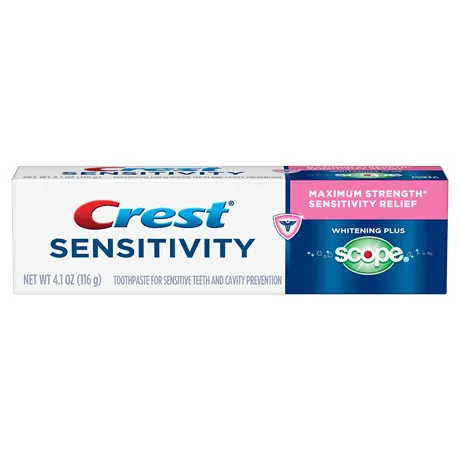
While mild sensitivity from Crest Whitening Strips is common, it’s important to know when to seek professional dental advice. If your sensitivity is severe, lasts for more than a few days after you stop using the strips, or is accompanied by other symptoms like pain or gum irritation, consult your dentist. They can evaluate your teeth and gums to determine the cause of the sensitivity and recommend appropriate treatment. Regular checkups are crucial for monitoring your overall oral health and preventing any potential issues. Never hesitate to consult with your dentist if you have any concerns about your teeth or gums.
Signs You Need Professional Help
Certain signs indicate that you should seek professional dental help. Severe tooth sensitivity that makes eating or drinking difficult, persistent pain, or any changes in gum health, such as redness, swelling, or bleeding, warrant immediate attention. If the sensitivity is accompanied by other symptoms like a headache or a feeling of pressure, it’s critical to see a dentist promptly. Any unusual changes in your teeth or gums should always be checked by a dental professional. Early detection and intervention can prevent serious dental problems from developing. Be proactive about your oral health.
Treatment Options from Your Dentist
Your dentist can offer various treatment options for tooth sensitivity. They may apply a desensitizing agent to your teeth, which helps to block the nerve pathways and reduce sensitivity. They may also recommend a prescription-strength fluoride treatment to strengthen your enamel. If the sensitivity is related to underlying issues like gum recession, they may recommend treatments such as gum grafts. In some cases, your dentist may suggest a filling or other restorative work to address any structural problems with your teeth. Your dentist can provide personalized care to address your specific needs.
Preventing Future Sensitivity
Preventing tooth sensitivity involves a combination of good oral hygiene practices and cautious use of whitening products. Brush your teeth gently with a soft-bristled toothbrush to avoid damaging your enamel and gums. Use a toothpaste designed for sensitive teeth. Limit your consumption of acidic foods and drinks, as they can erode enamel and contribute to sensitivity. Avoid using Crest Whitening Strips too frequently. Always follow the product instructions and consult your dentist before starting any whitening treatment, especially if you have a history of sensitive teeth. Maintain a healthy diet and lifestyle, and prioritize regular dental checkups. These measures can help you maintain a bright smile and minimize the risk of future sensitivity.
